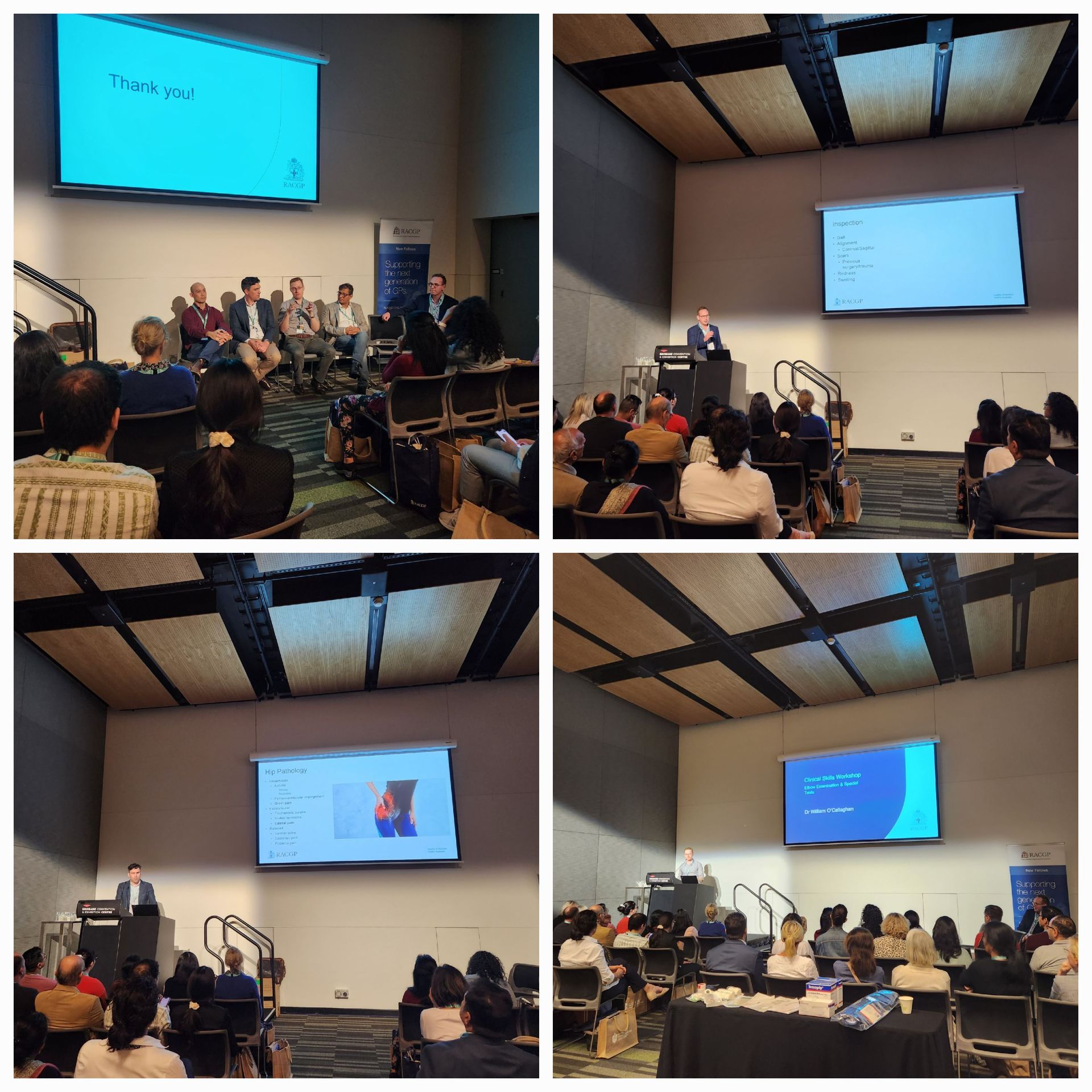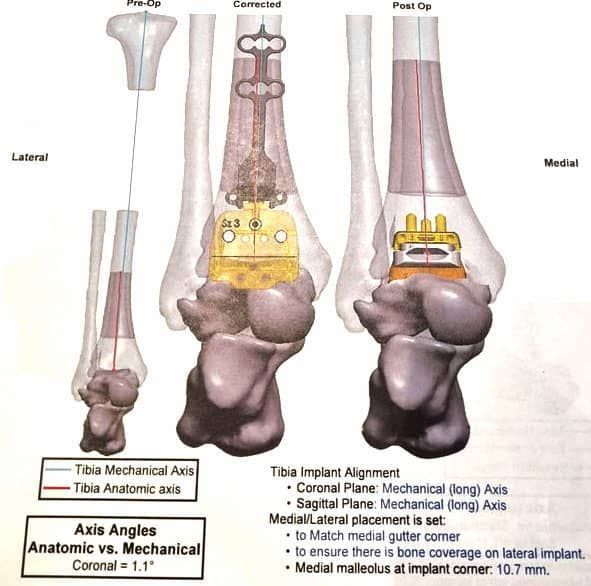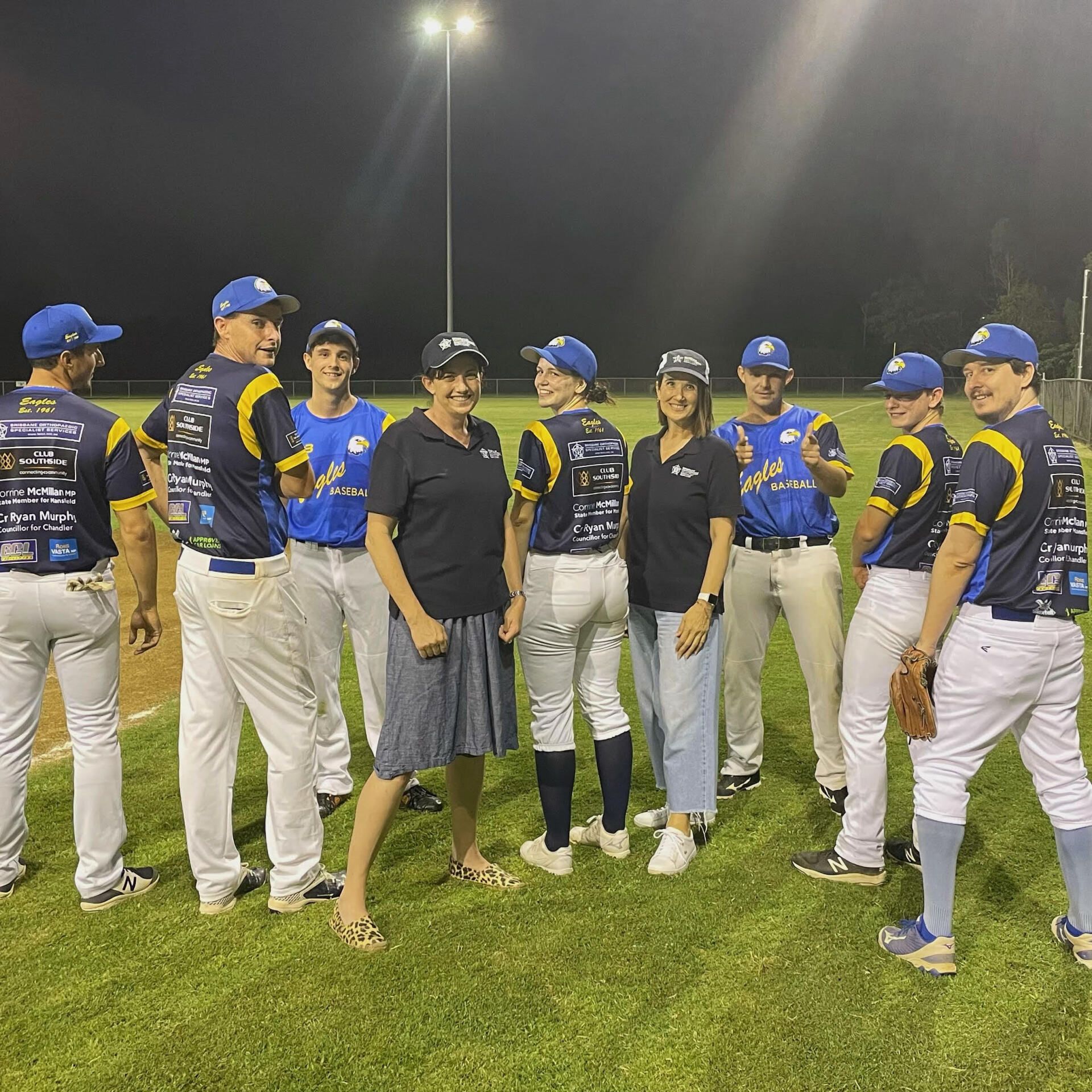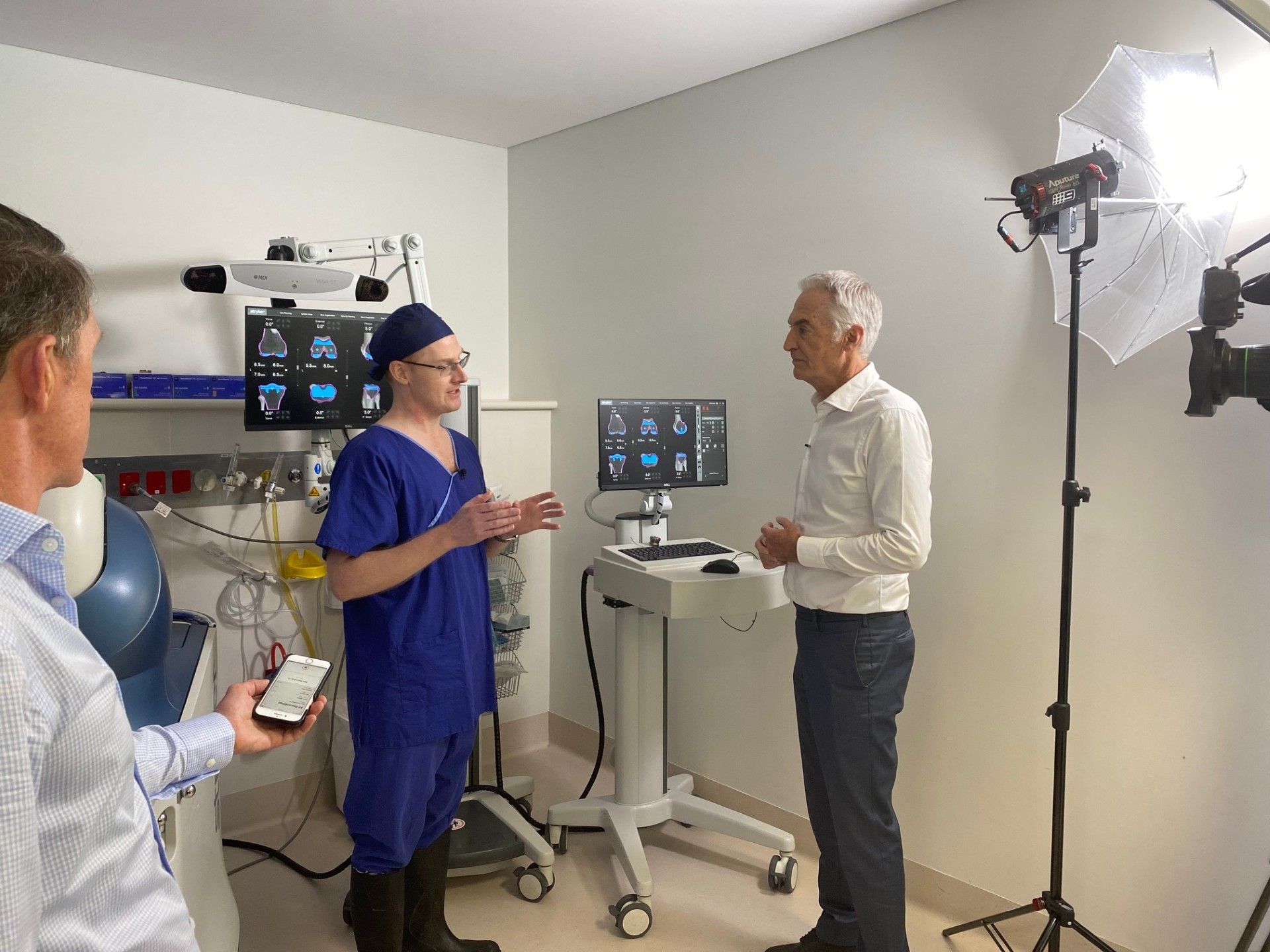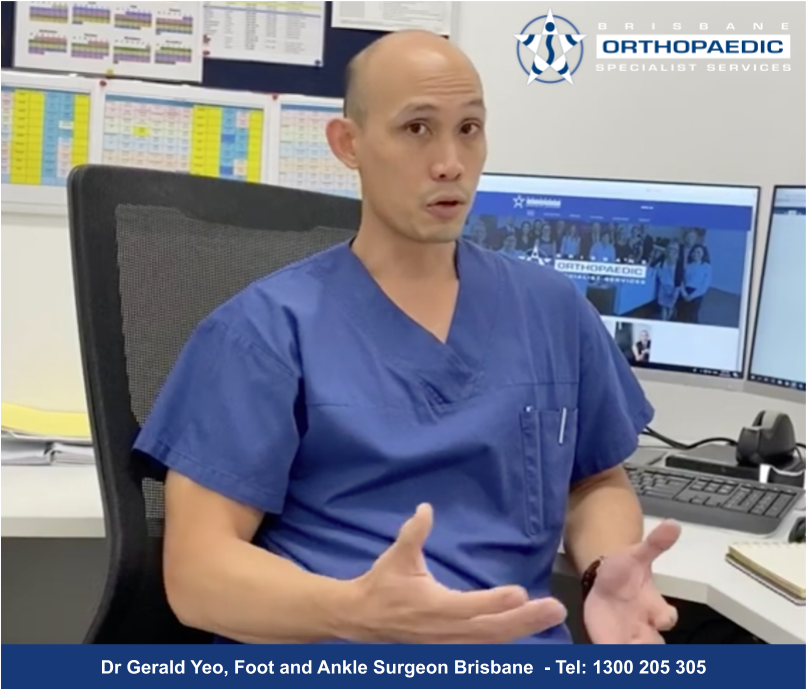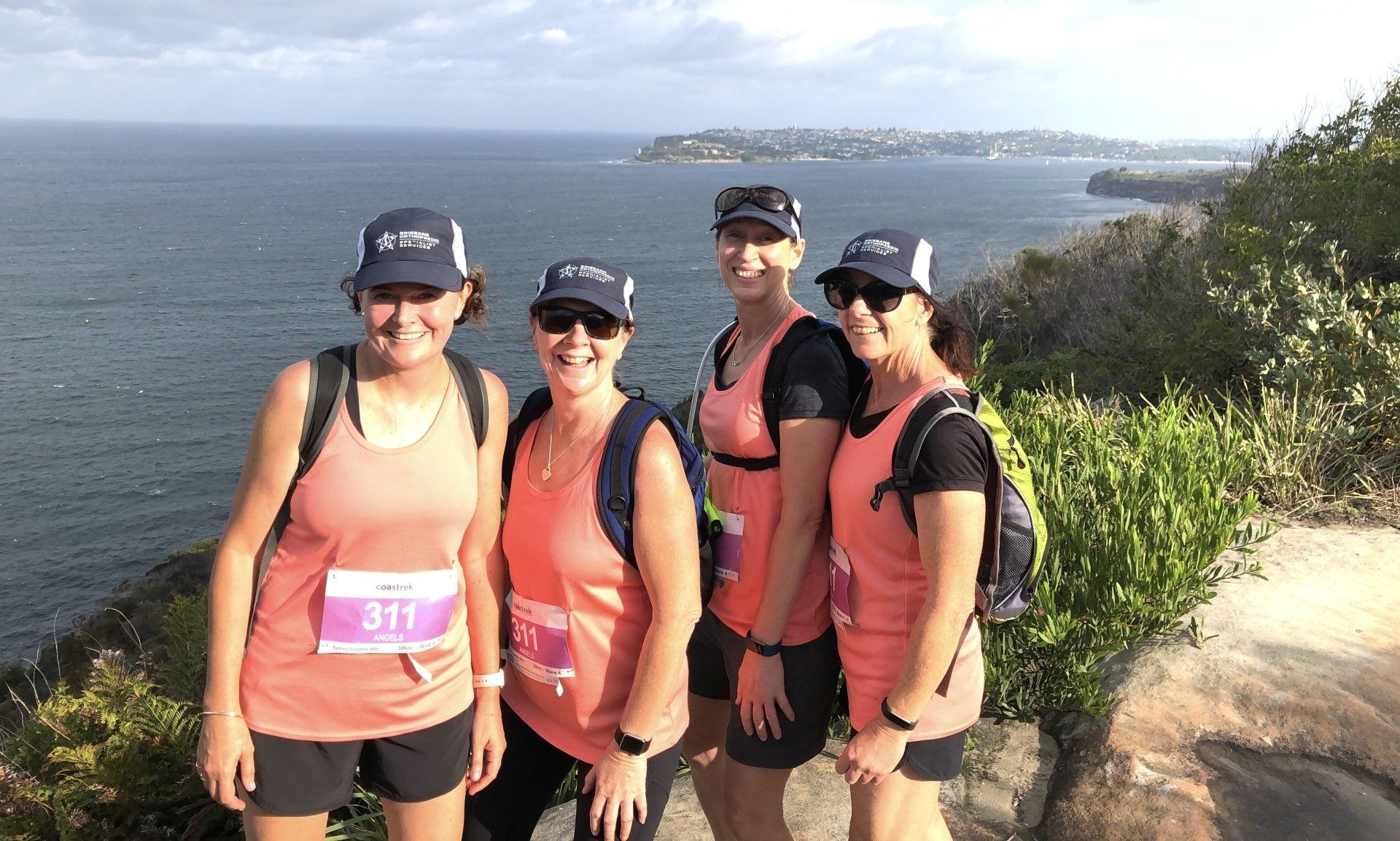MENISCAL MINEFIELDS
Understanding meniscal injuries and treatments
Understanding meniscal injuries and treatments
Summary: Meniscal tears are a many varied beast and hopefully now you can understand why when you refer patients with a meniscal tear on MRI to an orthopaedic surgeon that they may come back to you with a wide variety of treatment plans from oral analgaesia, physiotherapy or surgery.
by Dr Craig Hughes M.B.,B.S., F.R.A.C.S. (Orth) Hip, Knee and Trauma Surgery
Meniscal injuries are an interesting topic given they are a frequent presentation, are commonly operated on and have been investigated with some great randomised controlled trials.
The meniscus is 70% water and 30% organic material. It is predominately collagen, and is important for load transfer, absorbing 50% of the load across the knee joint. The menisci derive their blood from the geniculate arteries, with the vessels penetrating the peripheries of the menisci with anything greater than 5mm from the meniscal rim generally considered avascular and without healing potential.
Meniscal tears can be classified according to their location and orientation, or by the chronicity of the tear. A clear distinction needs to be made between atraumatic, degenerative tears and acute, traumatic tears.
Most traumatic tears of the meniscus will be the result of a combination of compression and rotational forces across the knee joint, classically squatting and twisting or pivoting.
The symptoms patients exhibit are quite variable but certainly pain at the joint line, which is a stabbing type pain on twisting or squatting is often described by the patient. Mechanical symptoms of clicking, swelling and giving way can also be present, but any locking type symptoms or lack of flexion or extension warrant close attention.
The examination of patients with acute knee injuries can be very challenging and almost impossible in the first few days after injury. When the pain has settled sufficiently to allow for their examination, there are some specialised physical examinations that can be performed to assess the integrity of the meniscus. Joint line tenderness, McMurray’s test, Apley’s grind test and the Thessaly test can be useful, particularly if they are all positive or all negative.
The investigation of choice for meniscal pathology is an MRI. In a symptomatic knee an MRI will show a meniscal tear 91% of the time. However, we must be cognizant that 13% of people under 45 with normal knees have meniscal tears on MRI and 36% of people over 45 will also show tears on MRI. (1)
Hulet et al published in the Bone and Joint Journal the 12 year results of patients that had undergone arthroscopic partial meniscectomy in 74 knees. Pleasantly, 95% of patients were happy with their knee function. Factors like age, gender and whether it was a medial or lateral tear did not seem to make a significant difference to the final outcome measures. (2)
A systematic review comparing meniscal debridement to repair showed that the risk of re- operation, usually due to failure of the repair, was approximately ten times higher in the repair group. Those meniscal repairs done with concomitant ACL reconstructions achieved better results. Overall, at final follow up the repair group had better functional scores and less radiologic deterioration. (3)
Gauffin studied arthroscopy versus physiotherapy in 45- 64 year olds with arthroscopy having better results at 1 year with regard to pain and function. (4) These results were not corroborated by Roos et al who did a similar study that showed no significant difference between exercise therapy or arthroscopy after two years. (5)
Several randomised controlled trials have shown no benefit from arthroscopy compared to sham surgery. (6,7) However, it is pertinent to note that these studies specifically excluded traumatic tears and locked knees. (7)
References; (1) Boden SD, Davis, DO, Dina TS, et al: A prospective blinded investigation of magnetic resonance imaging of the knee: Abnormal findings in asymptomatic subjects. Clin Orthop Relat Res 1992;282:177-185
(2) Hulet CH, Locker BG, Schiltz D, Texier A, Tallier E, Vielpeau CH. Arthroscopic medial meniscectomy on stable knees. J Bone Joint Surg [Br] 2001;83B:29-32
(3) Paxton ES, Stock MV, Brophy RH. Meniscal repair versus partial meniscectomy: A systematic review comparing reoperation rates and clinical outcomes. Arthroscopy 2011;27(9):1275-1288
(4) Gauffin H, Tagesson S, Meunier A, Magnusson H, Kvist J. Knee arthroscopic surgery is beneficial to middle aged patients with meniscal symptoms: a prospective, randomised, single-blinded study. Osteoarthritis and Cartilage 2014;22:1808-1816
(5) Kise NJ, Risberg MA, Sterisrud SS, Ranstan J, Engebretsen L, Roos EM. Exercise therapy versus arthroscopic partial meniscectomy for degenerate meniscal tear in middle aged patients: randomised controlled trial with two year follow up. BMJ 2016;354:i3740
(6) Moseley JB, O’Malley K, Petersen NJ, Menke TJ, Brody BA, Kuykendall DH, Hollingsworth JC, Ashton CM, Wray NP. A controlled trial of arthroscopic surgery for osteoarthritis of the knee. N Engl J Med 2002;347:81–88
(7) Sihvonen R, Paavola M, Malmivaara A, Itälä A, Joukainen A, Nurmi H, Kalske J, Järvinen TL. Arthroscopic partial meniscectomy versus sham surgery for a degenerative meniscal tear. N Engl J Med. 2013;369:2515–2524
